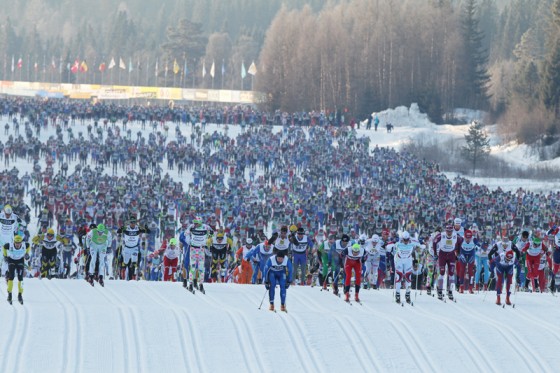
When Canadian racer Andrea Dupont got the call to go to Europe, it was for a very big – and very short – event. She had been picked to represent her country at FIS World Championships in Val di Fiemme, Italy, and would be contesting the sprint.
To warm up, she was offered a World Cup start in Davos, Switzerland, the week before.
“Once I found out that I was heading over and I had some sprint starts, I decided that the two sprints were five days apart and that was a long way to go for just two short starts,” Dupont told FasterSkier “I started looking for what else I could do while I was over there.”
After World Championships, where she placed 49th in the classic sprint final, she hopped over to Hirschau, Germany, where she placed eighth in an Alpen Cup sprint and then 16th in a 15 k mass start the next day.
But it wasn’t until her last stop on the trip that Dupont really shone. Unusually, for a sprinter, that was Sweden’s 90 k Vasaloppet marathon, which traverses from Salen to Mora – where Dupont finished 11th.
“Once I saw the Vasaloppet, I just really wanted to do it!” Dupont exclaimed. “I’m a strong double-poler and I have a couple of 50 k’s under my belt, so I thought it would be an amazing experience. It was a challenge to get into the race at the last minute, but one of our national team coaches called the Swedish national team coach and got me in. That was very, very helpful.”
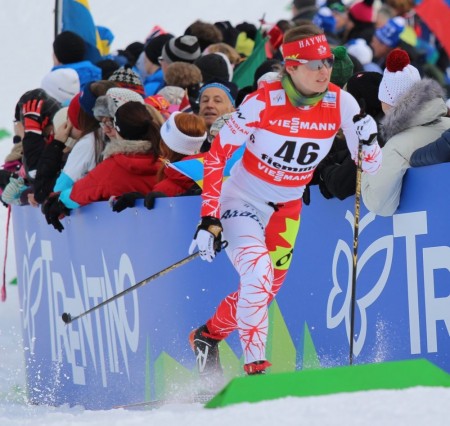
That help also got her seeded into the elite seed along with about 20 other women. The Vasaloppet, which was held on Sunday, attracts 16,000 participants. Only about 2,000 of them are women, and most are sprinked throughout the seed groups. But 200 elite men get to start at the very front, just ahead of Dupont’s group of women. That was a lucky break, but Dupont had no illusions of staying with the winner right from the gun.
“I really had no expectations, so it’s not like I was shooting for the top ten or anything,” she said. “I had never done anything longer than a 50 k, and obviously the marathons in Canada are much less competitive. So I had no idea the level that I would see over there. I knew it would be higher, but I didn’t know where I would fit into that. I just wanted to do it, and finish and feel like I had given it as much as I could. I think I did that.”
About 60 k into the race, she said, she finally got some information from one of the coaches from a club that was helping her out, and knew that she was in a good position. She and a handful of women in front of her went back and forth, but Dupont said she “faded a bit” in the last third of the race. Her time at the finish was four hours, 51 minutes, and 48 seconds.
That put her 29:24 behind winner Laila Kveli of Norway, and about 20 minutes from the podium. The women’s race was much more spread out than the men’s.
“The women had yellow bibs so you can pick them out – they were the only women I saw at all,” Dupont said regarding the three ladies who finished directly ahead of her.
Instead, she spent most of her time racing them men who had started just behind her, which she said worked out well.
“You can just try to hang on with the guys who started a little bit behind you, and try to hang with the fast guy for as long as you can, then when you have to let go of one of them you try to hang on to the next one,” she explained.
So much was new about the race: the sheer number of skiers, the distance, and the fatigue. Usually, Dupont said, she has done well in marathons in the past; in a strange way, they fit the sprinter physiology well.
“The pace is a bit lower so you’re just below threshold for a very long time, and then at the end you have a little bit of a sprint if you have something left,” she said. “You don’t generate a lot of lactic acid. As a sprinter I generate a lot of lactate when I’m going really hard, so the shorter distances tend to be quite brutal.”
One reason that she had picked the Vasaloppet was not just its status as a classic, but also the technique required: double-poling, which is one of Dupont’s strengths as a skier.
“In distance races and sprinting I love the flat stretches, it’s where I feel like I can make up a lot of ground,” she said.
It’s undoubtedly what helped her to a strong finish. But she said that she underestimated just how much of the technique was involved. (At least she could kick: the top four men in this year’s race all went without kickwax, so double-poled all 90 kilometers.)
“In this race, you’re just hoping to find a hill so you can stride and change the tempo a little bit,” she laughed. “I have to say I didn’t [prepare]. And if I did it again, I would prepare a little bit more. The amount of double poling in the race is just incredible. I would say it’s maybe 60 kilometers that is just double poling.”
While she sometimes does hour-long double-pole sessions to work on strength, that’s nothing compared to what’s required in the Vasaloppet. Dupont said that if she did the race again, at the very least she’d add in a few three-hour double pole sessions, just to get her body used to the sort of effort required.
The trip was made possible by two local ski clubs, “I was surprisingly well-supported,” Dupont said. She stayed with a family in Mora, the endpoint of the race, who helped her with waxing her skis, previewing the course, and generally settling in.
Her general impression of Swedish skiing was, she said, actually a comfort: even though there were 16,000 people in the race, more than you would ever see in North America, it’s still the same culture, just writ large.
“All week they were just so supportive and helpful,” she said of her host clubs. “It’s similar here, I think, in that clubs are really supportive of their athletes. So it’s neat to see that’s skiing culture all over.”
Will she be back for another crack at the Vasaloppet, maybe with more double-pole hours under her belt?
“I would love to,” Dupont said. “It has always been a childhood dream of mine to do the Norwegian Birkebeiner, so maybe I’ll go back and do the Vasa and the Birkie one year. But I’d say that will probably be when my sprint-focused training is over.”
Chelsea Little
Chelsea Little is FasterSkier's Editor-At-Large. A former racer at Ford Sayre, Dartmouth College and the Craftsbury Green Racing Project, she is a PhD candidate in aquatic ecology in the @Altermatt_lab at Eawag, the Swiss Federal Institute of Aquatic Science and Technology in Zurich, Switzerland. You can follow her on twitter @ChelskiLittle.

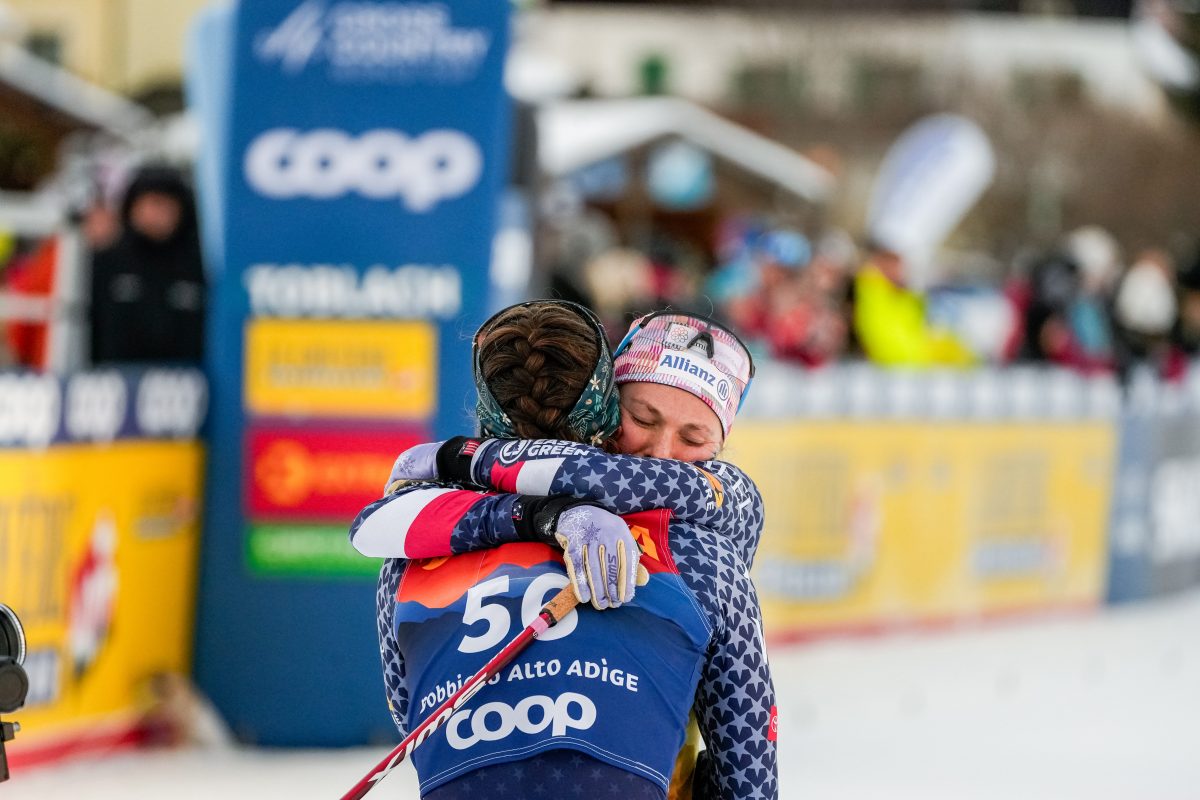
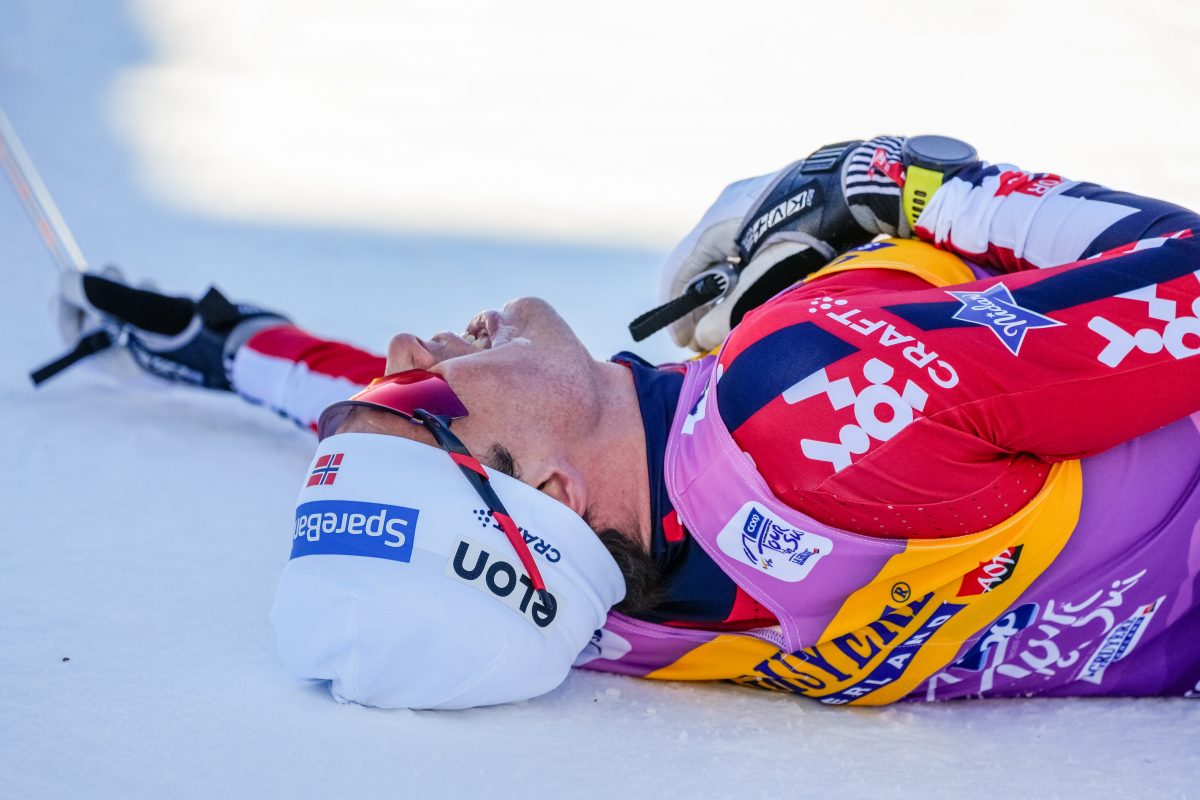
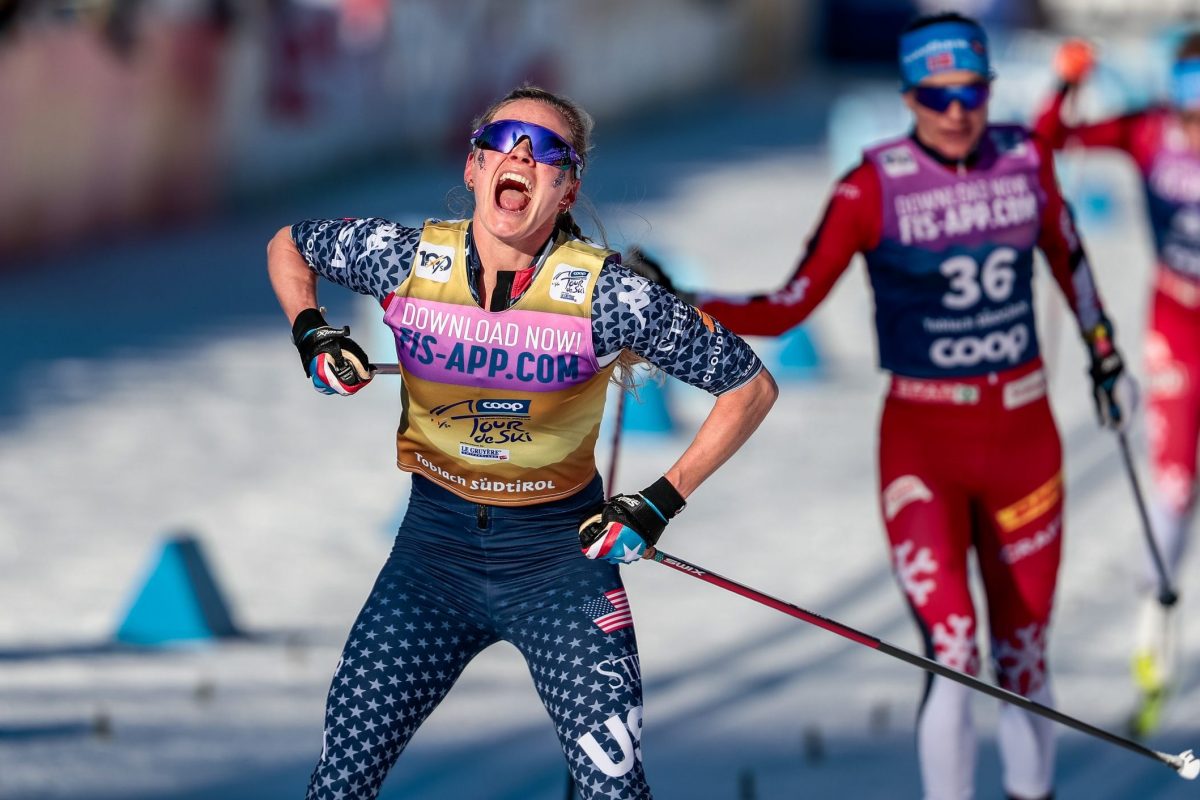
One comment
LightSnowOvernight
October 10, 2014 at 1:04 pm
Belated congratulations for an outstanding performance! I find it amazing that it is virtually all double poling. I wish Andrea great success in the 2014/2015 season